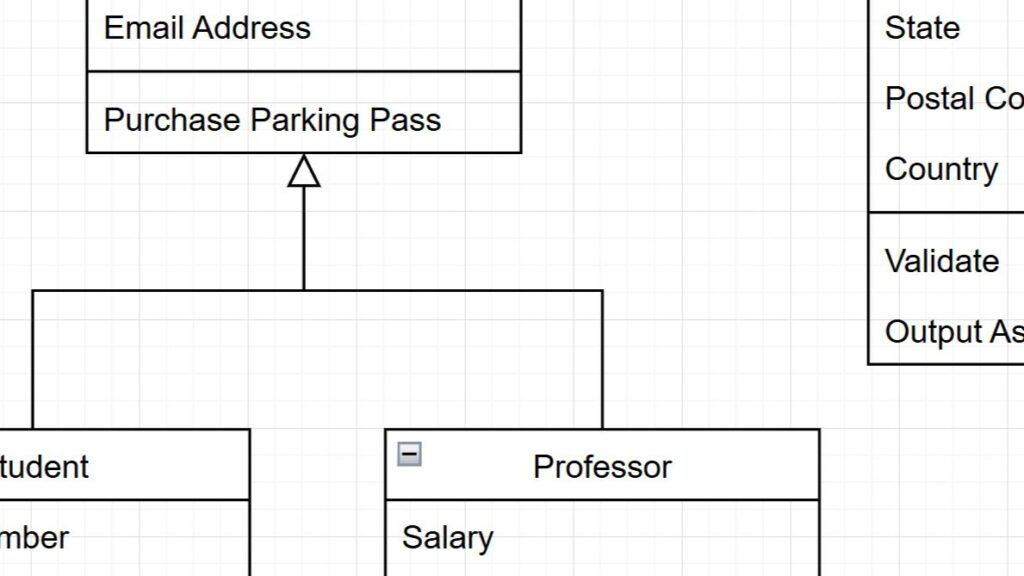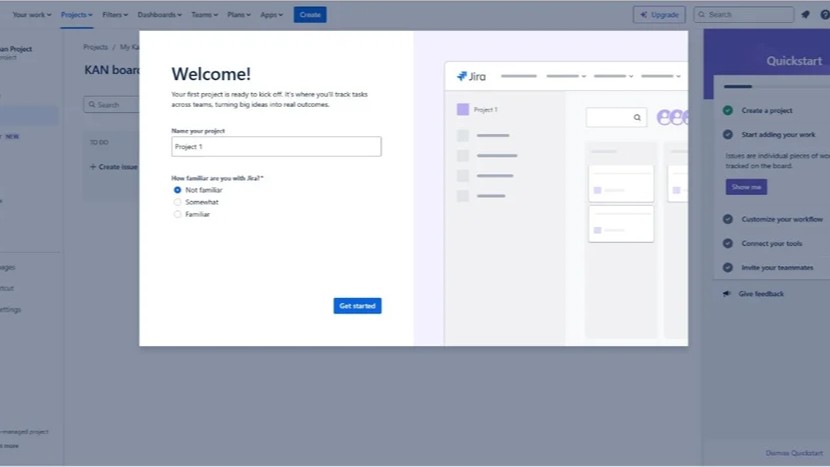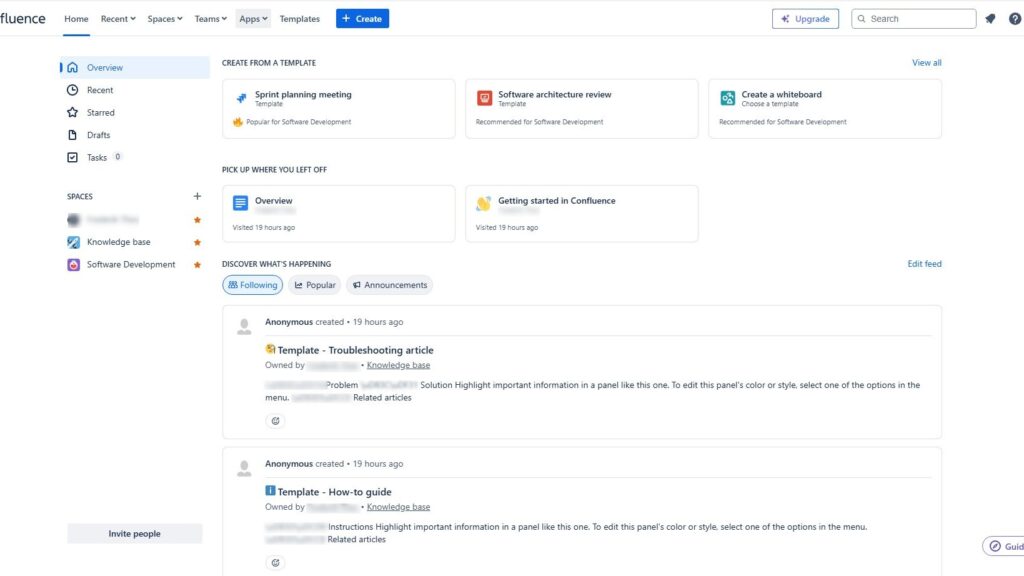When exploring UML (Unified Modeling Language), understanding UML Class Attributes is essential. They define the properties or characteristics of a class and describe what information each object will hold. In short, UML Class Attributes give structure and meaning to your models. They transform abstract ideas into concrete data representations. Let’s take a closer look together and see how mastering UML Class Attributes can make your system designs clearer and more effective.
What Are UML Class Attributes?
In brief, UML class attributes are details that define a class more precisely. Imagine you’re designing a software system. You create classes to represent objects in your system, like a “Car” or “Employee.” Now, attributes are the properties that describe these classes in detail.
For example, a “Car” class might have attributes like color, model, and year. These attributes enrich your class diagram, i.e. making it clearer and more meaningful. Moreover, this is vital when you’re modeling requirements.
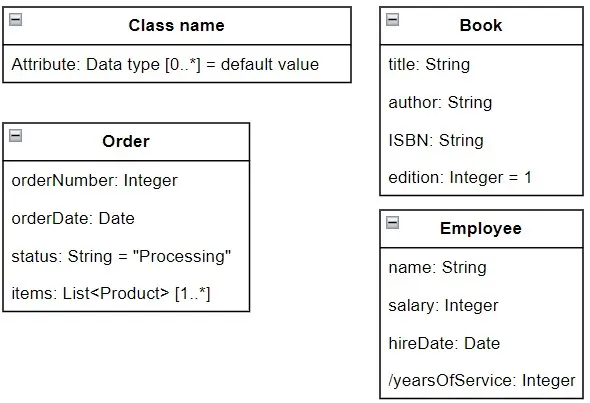
Breaking it Down
The syntax for UML class attributes might seem complicated at first. But let’s simplify it:
[/] Name [: type] [multiplicity] [= default]Here’s what each part means:
- Name: This is the most crucial part. It’s the name of the attribute. For instance, color in a “Car” class.
- Data Type: This defines the kind of data the attribute holds, such as String for color or Integer for year. However, this part is optional.
- Default Value: This is the value assigned when a new object of the class is created. If you create a new “Car” and don’t specify the color, it might e.g. default to white.
- Multiplicity: Sometimes, an attribute can have multiple values simultaneously. For example, a “Person” class might have multiple phoneNumbers. You can specify this using multiplicity.
- Derived: If the attribute can be calculated from other attributes, it’s marked with a
/. For instance, the age of a person can be derived from their dateOfBirth.

Real-World Examples
Let’s consider a few examples. These will help clarify how you can use UML class attributes in your projects.
Employee Class
name: Stringsalary: IntegerhireDate: Date/yearsOfService: Integer(derived fromhireDate)
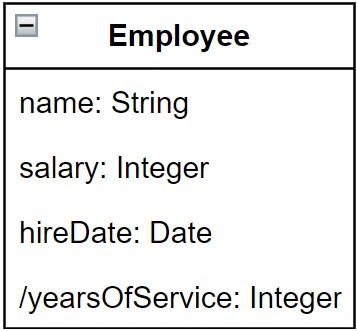
Book Class
title: Stringauthor: StringISBN: Stringedition: Integer = 1(default value)
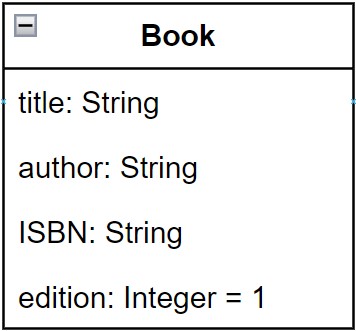
Order Class
orderNumber: IntegerorderDate: Datestatus: String = "Processing"(default value)items: List<Product> [1..*](multiplicity indicating one or more items)
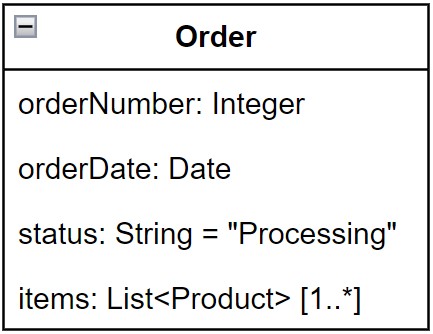
Why Class Attributes Matter
Using UML class attributes makes your diagrams more robust. They add layers of meaning and detail that are crucial for developing a well-defined system. Additionally, they help everyone on your team understand the system better, from developers to stakeholders.
Conclusions
In conclusion, understanding what UML class attributes are and how to use them is essential for any software designer. By carefully defining attributes, you make your diagrams more precise and meaningful. So next time you’re working on a UML diagram, take a moment to think about the attributes that define your classes. Your future self will thank you!
For more in-depth learning, feel free to dive deeper into UML. As always, stay curious and keep exploring new ways to improve your designs.
What’s Next?!
Now that you understand how UML Class Attributes define the details of your system’s structure, it’s time to explore how classes connect and depend on each other. In my next article, “What are UML Aggregation and Composition?” I’ll explain how these relationships shape the architecture of your models. Join me to learn how mastering these concepts helps you design systems that are both robust and logically organized.
This text is based on content from the source: International Requirements Engineering Board (ireb.org). The International Requirements Engineering Board is the owner of the copyright.
| Read more about Confluence and How to |
|---|
| Use shortcuts in Confluence Assign a task in Confluence Create a Confluence space from a template Delete a Page in Confluence Create a Confluence page |


